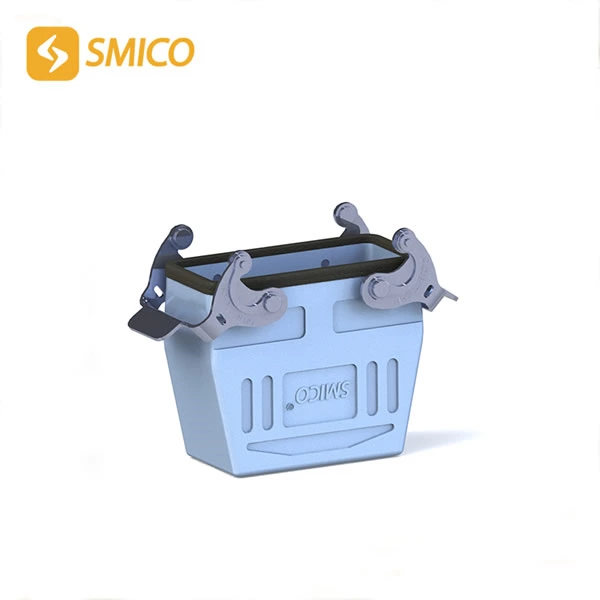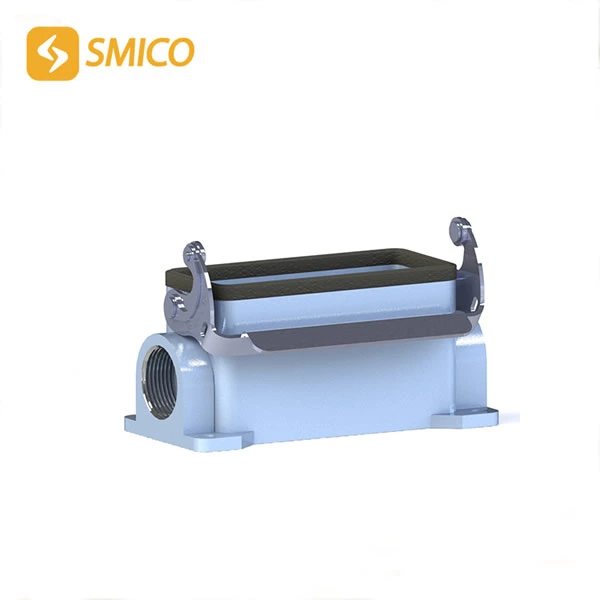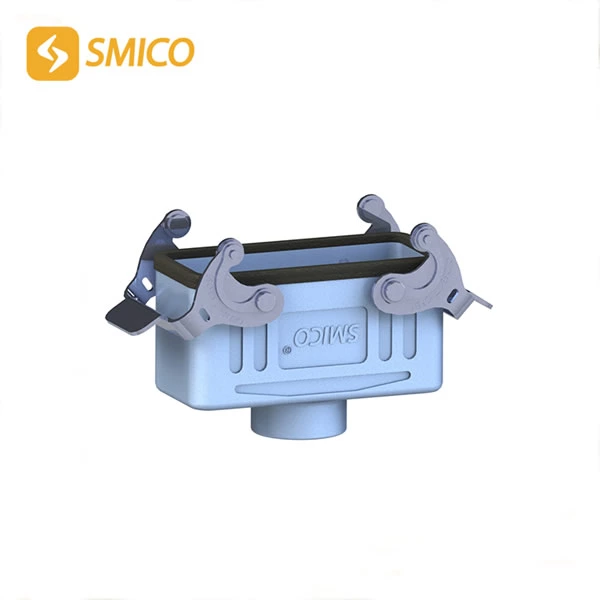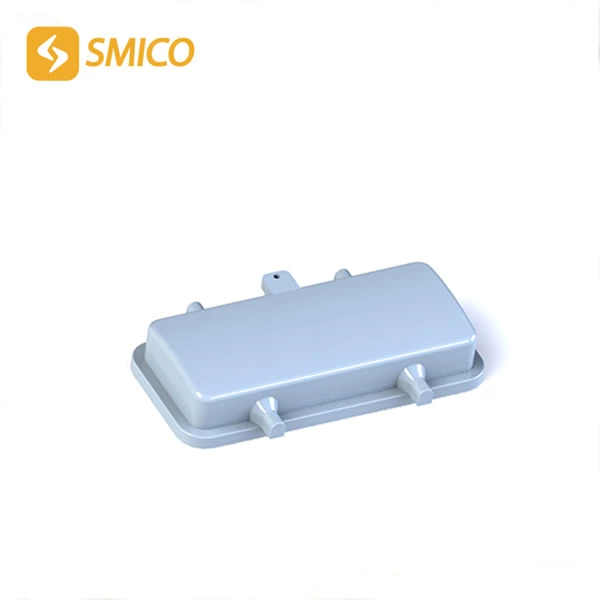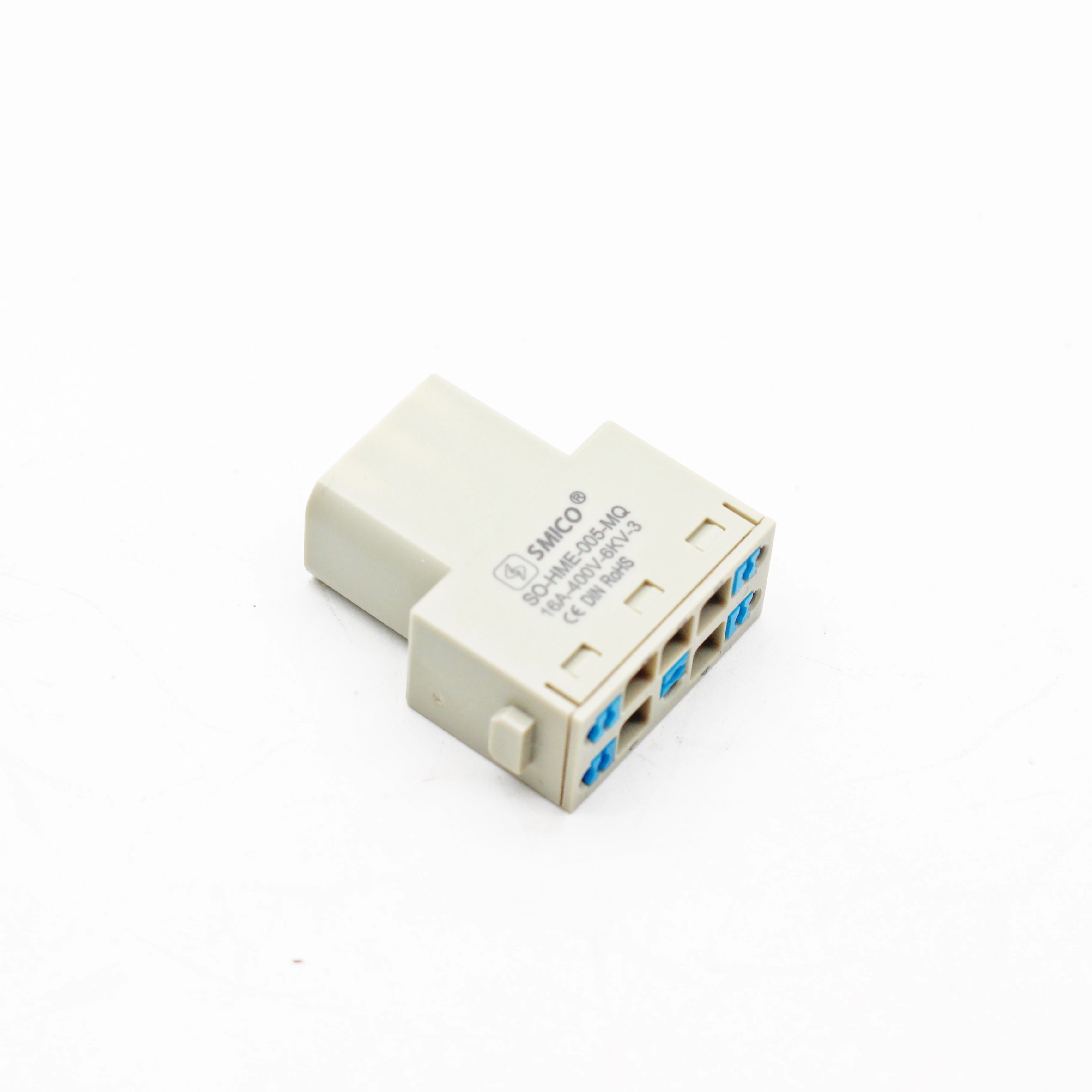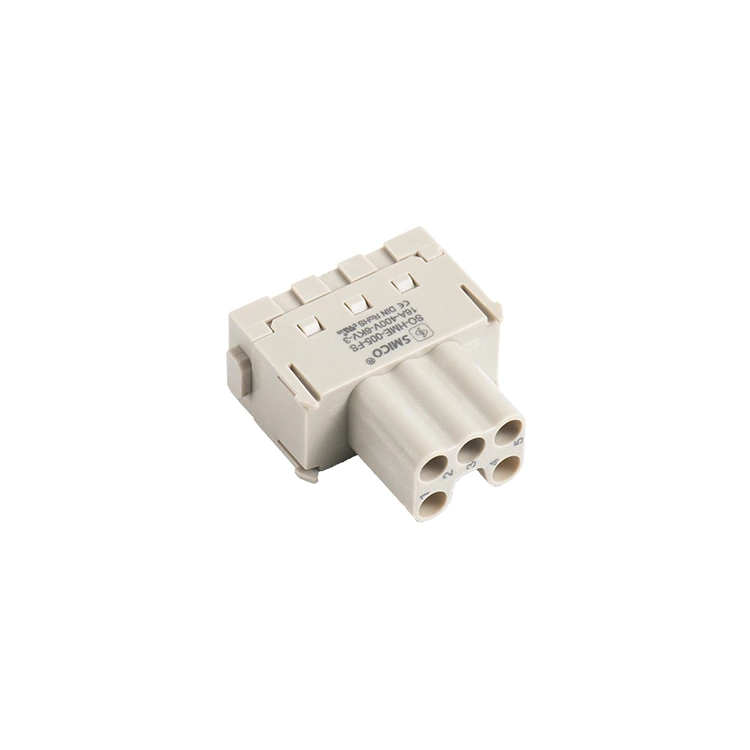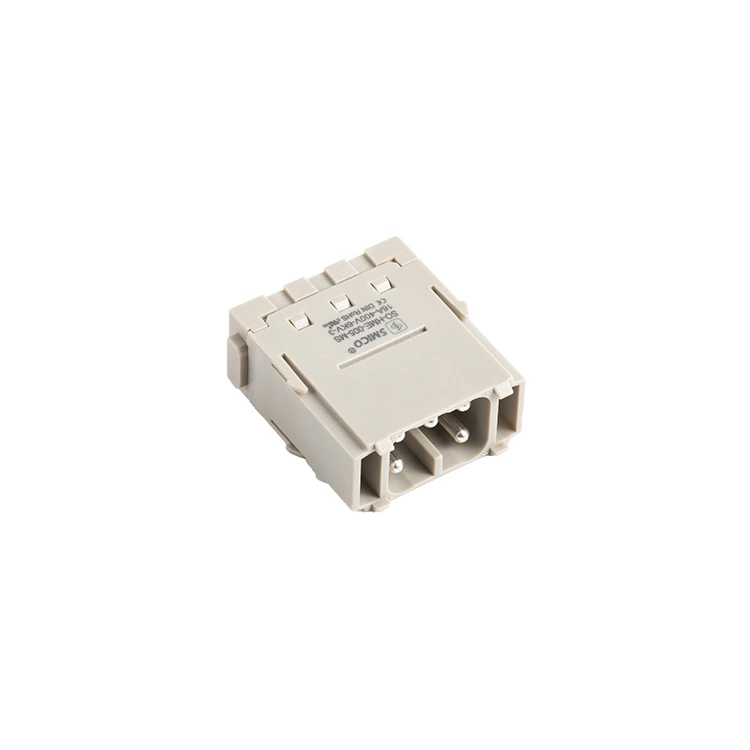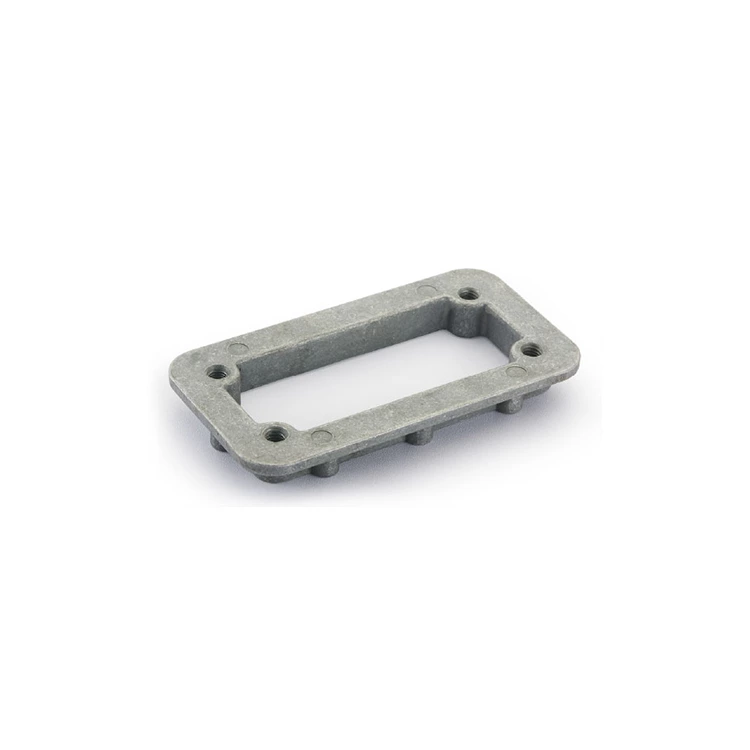Small connectors, big technology chain: a magnificent evolutionary history
In the vast landscape of modern technology, there is a seemingly small but vital existence - the connector. It is like a "bridge" in electronic equipment, silently shouldering the heavy responsibility of connecting circuits, transmitting signals and electricity, and providing guarantee for the normal operation of countless electronic products. Have you ever wondered how this tiny connector has evolved step by step to become an indispensable key component in today's technology field? Today, let us walk into the long history of the development of connectors.
Early exploration: The prototype of the connector appears
The origin of connectors can be traced back to the early 20th century. At that time, with the gradual popularization of electrical equipment, the need for simple connections came into being. The early connectors were quite simple in structure, represented by the connection devices in telegraphs and telephones. They mainly took the form of plugs and sockets to achieve basic circuit connection functions. Although these early connectors were crude, they opened the door for human beings to explore connection technology and laid the foundation for subsequent development. For example, the connectors used in early telegraphs connected the telegraph lines through metal pins and corresponding sockets to achieve long-distance transmission of information. Although this connection method seems inefficient and unstable today, it greatly promoted the development of communication technology at the time and made information transmission faster.
War Catalyst: Rapid Evolution of Connectors
World War II became an important turning point in the development of connectors. During the war, military equipment placed extremely high demands on the reliability, miniaturization and high performance of electronic equipment. In order to meet these demands, connector technology has ushered in explosive growth. For example, in military equipment such as aircraft and tanks, a large number of connectors that can adapt to harsh environments (such as high temperature, high pressure, vibration, etc.) and ensure stable signal transmission are required. This prompted engineers to continuously develop new materials and improve design structures. During this period, circular connectors were widely used. With their sturdy shell and good sealing, they can work normally in complex battlefield environments. At the same time, multi-core connectors also began to emerge, greatly improving the number and efficiency of signal transmission between devices, and providing strong support for the electronic and information upgrades of military equipment. The needs of war are like an invisible big hand, pushing connector technology to a new height, gradually evolving it from a simple connection tool to a precision component with a variety of complex functions.
Electronic Age: Diversified Development of Connectors
After the war, with the rapid development of electronic technology, electronic devices such as televisions, radios, and computers gradually entered thousands of households. As a key component of electronic equipment, connectors also ushered in a golden period of diversified development. During this stage, the types of connectors became increasingly rich to meet the diverse needs of different electronic devices. For example, in consumer electronic products, in order to pursue a thinner and lighter appearance design, board-to-board connectors have been widely used. It can achieve efficient connection between circuit boards and occupy a small space, which greatly meets the trend of miniaturization of electronic products. At the same time, with the rise of computer technology, high-speed connectors came into being. This type of connector can meet the needs of high-speed data transmission inside the computer, ensure the fast and accurate transmission of data, and provide a guarantee for the improvement of computer performance. In addition, as communication technology expands from wired to wireless fields, the importance of RF connectors in communication equipment has become increasingly prominent. It can effectively transmit RF signals and ensure communication quality. During this period, the design and manufacturing process of connectors continued to innovate. While meeting functional requirements, more attention was paid to the reliability, stability and manufacturability of products.
Modern innovation: intelligence and miniaturization of connectors
Entering the 21st century, with the vigorous development of emerging technologies such as the Internet of Things, 5G communications, and artificial intelligence, connectors have once again ushered in new challenges and opportunities. Modern technology has put forward higher requirements for connectors, such as higher transmission speeds, smaller sizes, and stronger intelligent functions. In the field of 5G communications, in order to achieve high-speed, low-latency data transmission, connectors need to have ultra-high frequency and large-capacity signal transmission capabilities. At the same time, as electronic products develop in the direction of miniaturization and integration, connectors are also constantly shrinking in size. For example, the widely used micro USB connectors and Type-C connectors integrate more functions in a small volume, which can achieve fast charging, high-speed data transmission and other uses. In addition, smart connectors are beginning to emerge. This type of connector has built-in sensors and chips, which can monitor the connection status, the quality of transmitted data and other information in real time, and make intelligent adjustments according to actual conditions, greatly improving the stability and reliability of equipment operation. For example, in some industrial automation equipment, smart connectors can monitor the temperature, current and other parameters of the connection point, timely detect potential faults, and conduct early warnings and processing, effectively reducing equipment downtime and improving production efficiency.
China's strength: from a follower to a rule maker
For a long time, the global connector market has been dominated by traditional connector powers such as Europe, the United States, and Japan, and their technology and standards have also been firmly controlled by them. China's connector industry started relatively late. In the early days, it mainly played the role of a follower, gradually improving its own production and manufacturing capabilities by introducing foreign advanced technologies, digesting and absorbing them, and then innovating. However, in recent years, with China's continued investment in scientific and technological research and development, and driven by huge market demand, Chinese connector companies have ushered in explosive growth. In terms of technological innovation, many Chinese companies have increased their research and development efforts and actively engaged in the research and development of high-end connectors. For example, in the construction of 5G base stations, Chinese communications companies such as Huawei have joined hands with domestic connector manufacturers to develop connector products that are suitable for 5G ultra-high frequency and high-speed signal transmission requirements, breaking the technical monopoly of foreign companies in this field. These connector products not only reach or even exceed the level of similar international products in performance, but also have significant advantages in cost control, which has effectively promoted the progress of China's 5G network construction.
The development of highly precise and intelligent connectors has witnessed the rapid progress of human technology. Every technological change has injected new vitality into the development of connectors, and the innovation of connectors has in turn promoted the development of technology in various fields. In the future, with the continuous breakthroughs in technology, connectors will continue to play an important role, connecting a better smart world with more advanced technologies and products. Let us wait and see how connectors continue to write brilliant chapters on the stage of technology.

